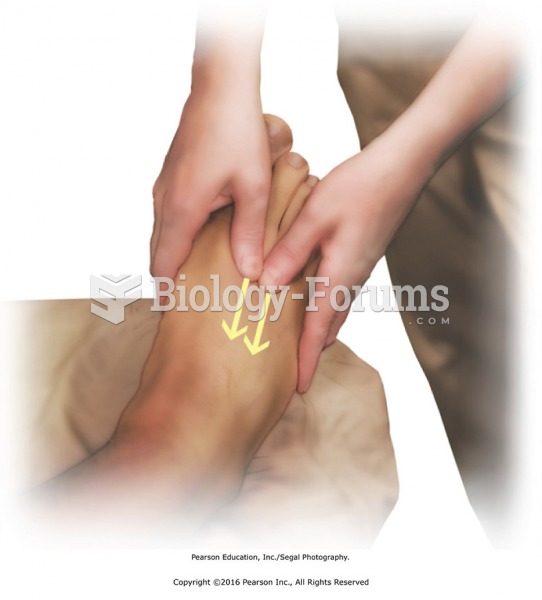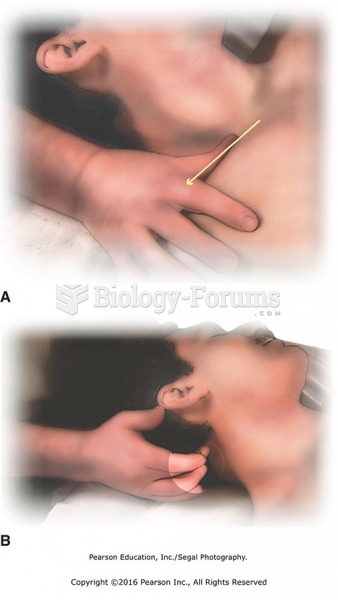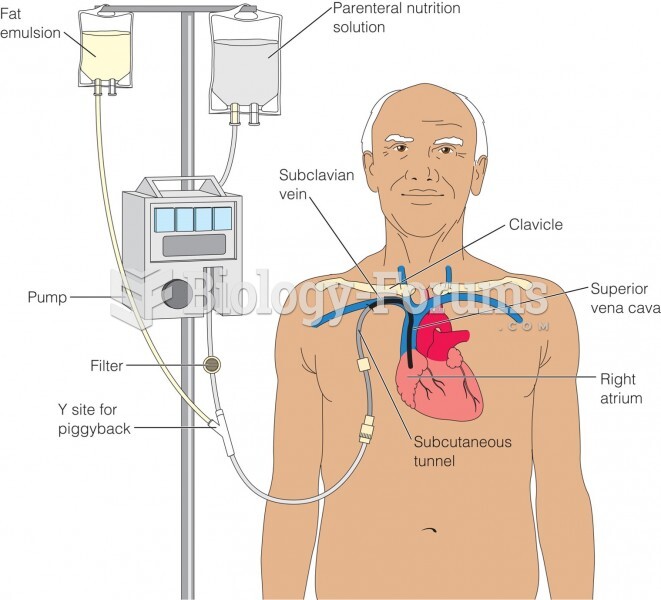|
|
|
People who have myopia, or nearsightedness, are not able to see objects at a distance but only up close. It occurs when the cornea is either curved too steeply, the eye is too long, or both. This condition is progressive and worsens with time. More than 100 million people in the United States are nearsighted, but only 20% of those are born with the condition. Diet, eye exercise, drug therapy, and corrective lenses can all help manage nearsightedness.
Vaccines cause herd immunity. If the majority of people in a community have been vaccinated against a disease, an unvaccinated person is less likely to get the disease since others are less likely to become sick from it and spread the disease.
This year, an estimated 1.4 million Americans will have a new or recurrent heart attack.
The first-known contraceptive was crocodile dung, used in Egypt in 2000 BC. Condoms were also reportedly used, made of animal bladders or intestines.
In 1886, William Bates reported on the discovery of a substance produced by the adrenal gland that turned out to be epinephrine (adrenaline). In 1904, this drug was first artificially synthesized by Friedrich Stolz.
 Effleurage between the metatarsals using the thumb or fingers. Slide between the metatarsals oneby- ...
Effleurage between the metatarsals using the thumb or fingers. Slide between the metatarsals oneby- ...
 Slide thumbs along spine in strips (thumb stripping) to paraspinal and quadratus lumborum muscles in ...
Slide thumbs along spine in strips (thumb stripping) to paraspinal and quadratus lumborum muscles in ...





